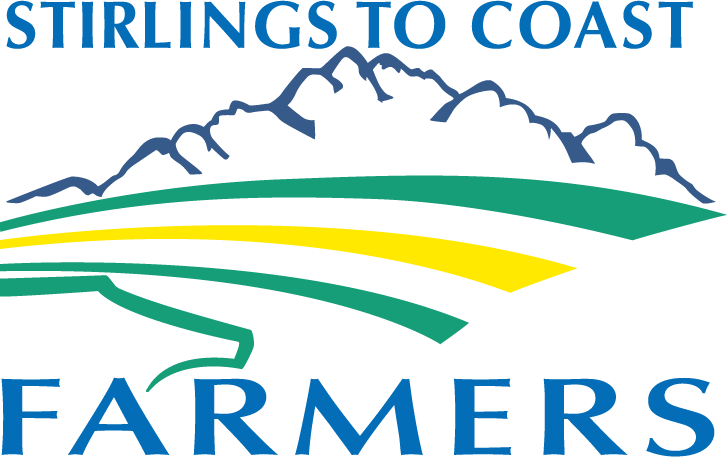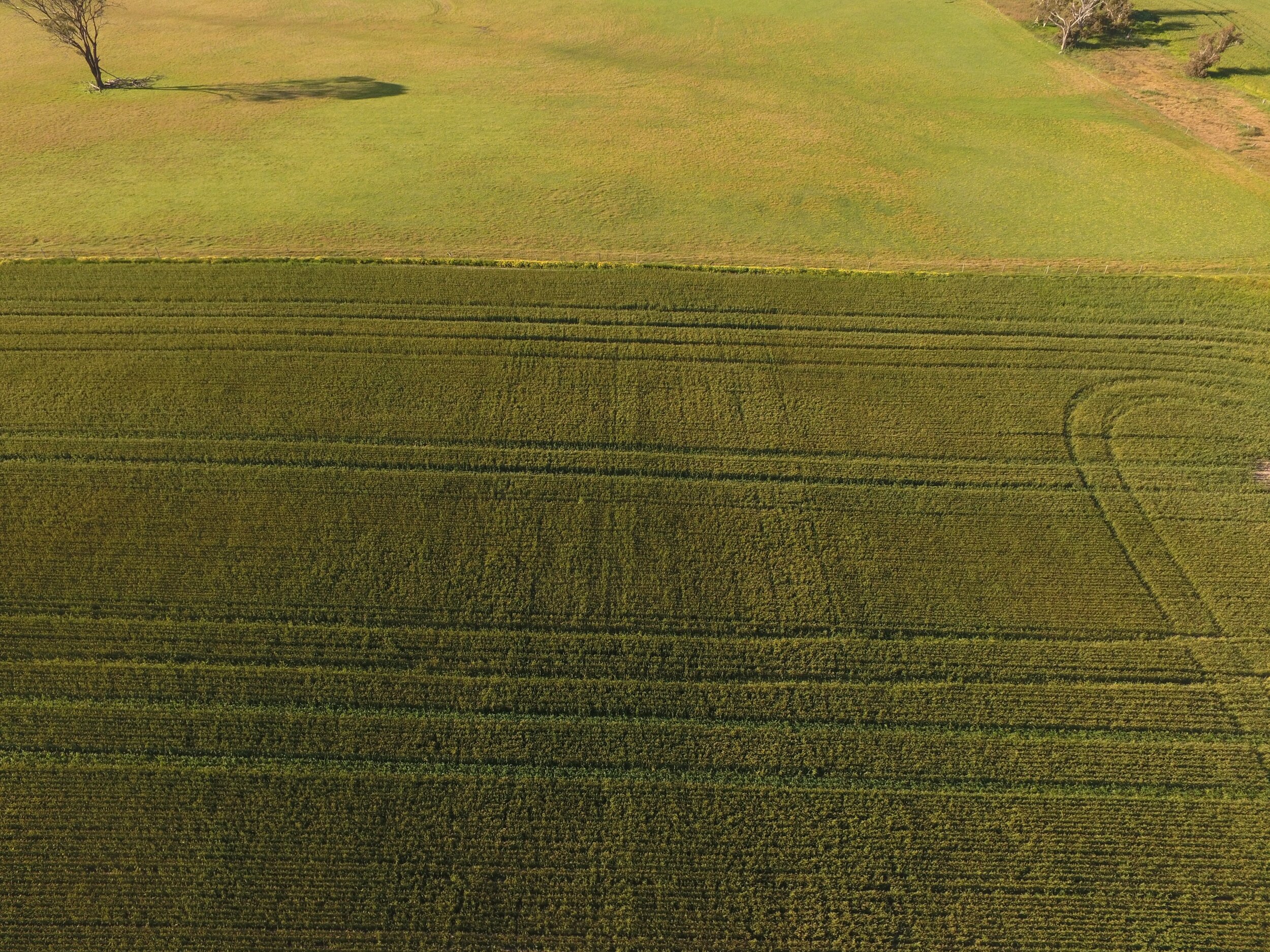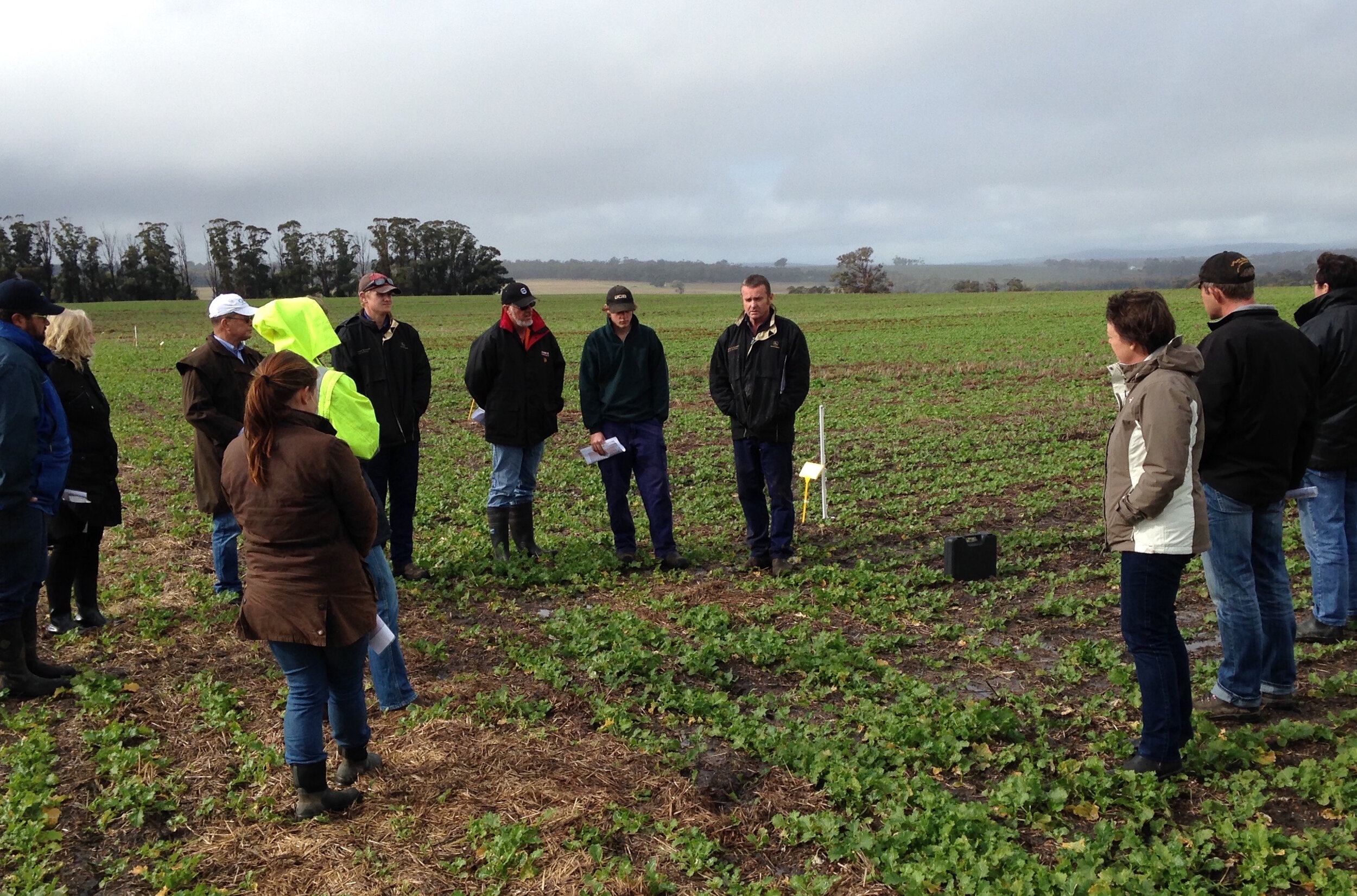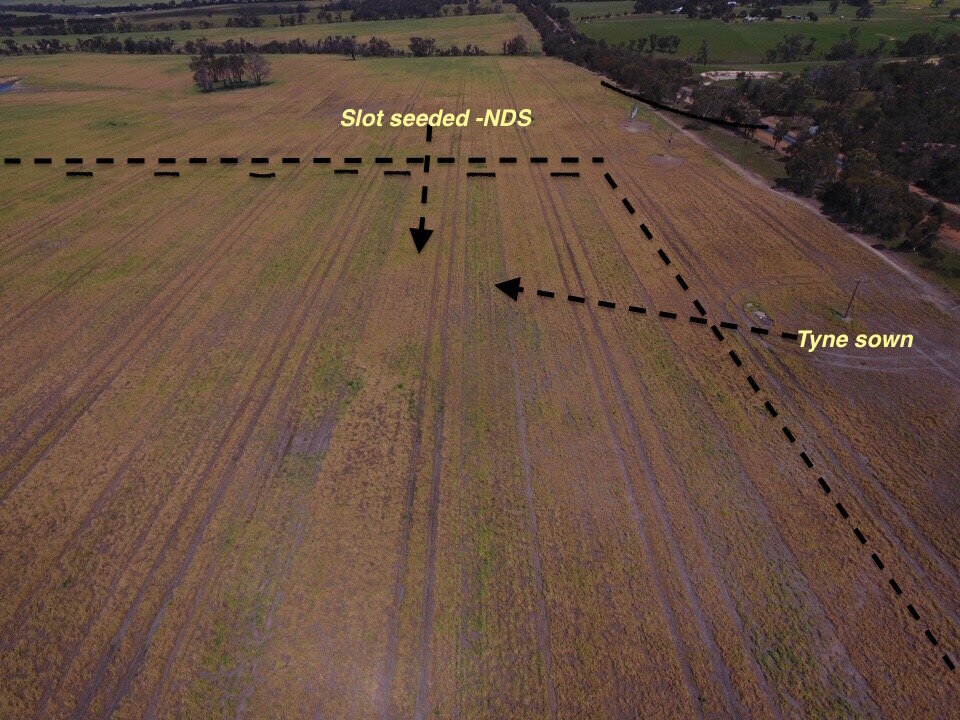Nil Disturbance Systems
Key Points
A long term, broadscale research site was established in Kendenup to test the hypothesis that by not disturbing the soil, old root pathways would be preserved and act as a conduit (‘bio pores’) for water entry in non-wetting soils resulting in improved soil condition, crop establishment, and crop yields.
The Wood family of Kendenup compared disc, tyne and maximum disturbance seeding techniques on a site that has been managed as a nil disturbance system (disc seeding and nil grazing) for 18 years.
In the first two years of the project plant counts identified that that the nil disturbance farming treatment was favourable in dry start cropping seasons.
Background
Soil health is a key focus for natural resource management groups and grower groups across the South Coast, with water repellent and nonwetting soils being an issue across a range of soil types, including the forest gravels of Kendenup.
In 2016, SCF and the Wood family worked to develop and implement a collaborative, long term research project assessing the ability of nil disturbance systems (NDS) to overcome water repellence in non-wetting gravels and other soil health issues over time. Specifically, the project aimed to answer the following longer-term research questions:
Is it the NDS, applied over 18 years, that has improved the soil health of the paddock?
If so, can the changes in the non-wetting properties of the soils in this paddock be measured by applying NDS treatments versus reversion (tillage) treatments?
How long will reversion of the soil condition take with conventional seeding systems causing soil disturbance?
Method
Site and farmer host selection is critical to the long-term nature of the research established in Kendenup. The Wood family are controlled traffic farmers (CTF) and the trial design implemented allowed them to maintain their tramlines without compromising the trial results.
Soil testing, including non-wetting Molarity of Ethanol Droplet (MED) test, was carried out throughout the duration of the project.
Trial design was four replicates of:
Control treatment of nil disturbance (using Daybreak single disc seeder)
Tyne seeding (conventional one pass seeding)
Maximum disturbance (the farmer scarified the soil to a depth of 15cm immediately before seeding. The trial plots were then sown using the tyne seeder). By including the maximum disturbance treatment, we aim to accelerate any potential soil damage and changes in the nonwetting characteristics.
Buffer plots were sown to allow inputs, such as fertilizer and herbicides, to be applied to the plots without wheel damage occurring in the treatment plots themselves. Plots were 10m wide and 250m long.
2016 Season: canola planted on May 13th, 2016.
2017 Season: field peas planted on 1st June 2017.
Crop maintenance was as per whole of paddock management by the Wood family.
SCF measured plant establishment (plants/m2) and yield (kg/ha) was measured using a weigh trailer and converted to paddock yields.
Find out more
Case Studies
Articles
ACKNOWLEDGEMENTS
This project was funded by South Coast NRM through the National Landcare Program.







